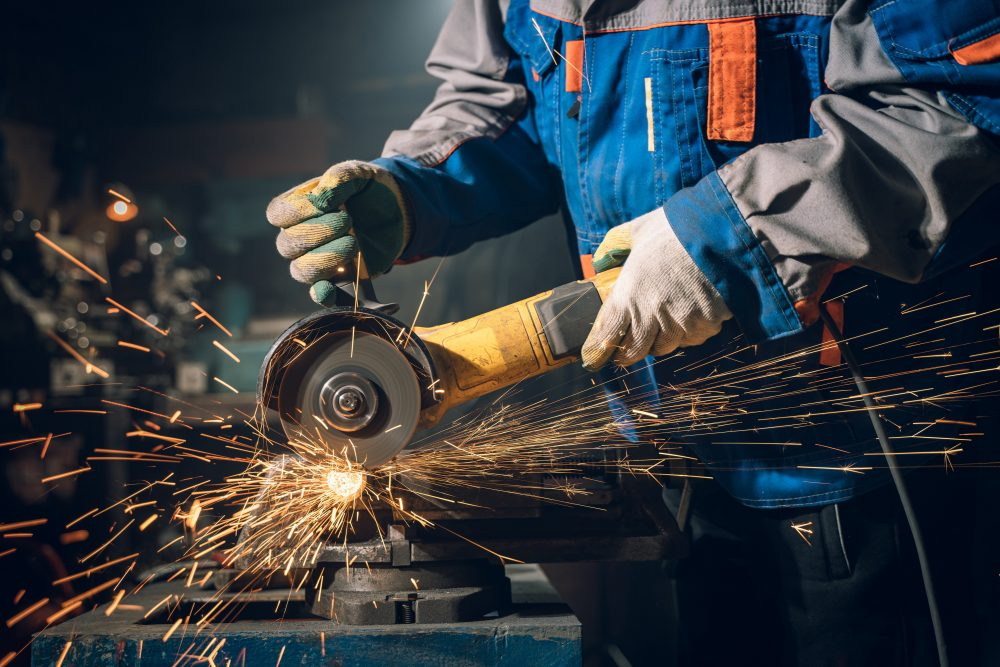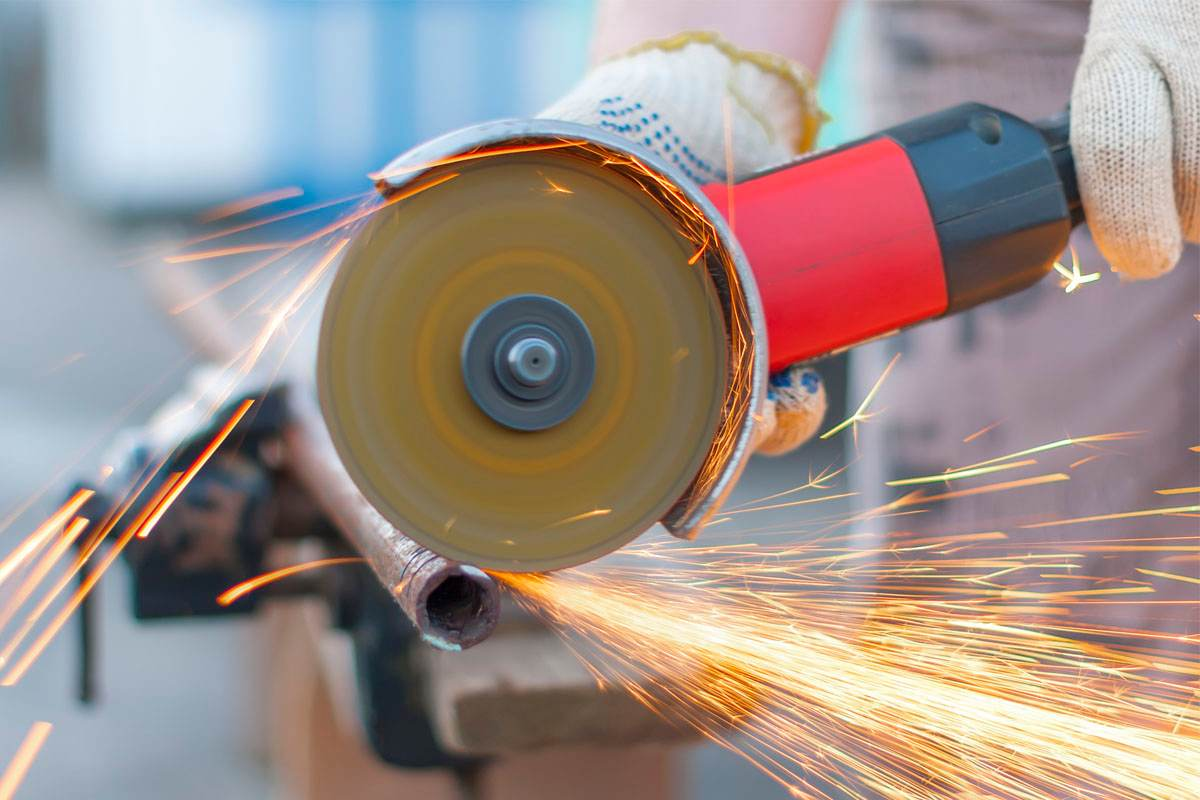Angle grinders are a versatile tool that can be used for a variety of tasks, including cutting metal. This tool can quickly and efficiently cut through metal, making it an excellent option for contractors, DIY enthusiasts, and metalworkers.
In this article, we will provide you with a comprehensive guide on how to cut metal with an angle grinder.
Step 1: Preparing Your Angle Grinder and Metal
Before you start cutting metal with your angle grinder, you should ensure that the tool is in good working condition. Check the disc, handle, and switch to ensure that they are securely attached. Additionally, inspect the disc to make sure it is in good condition, with no cracks or chips.
Next, measure the metal that you need to cut and mark it with a pen or pencil. Make sure the markings are clear and straight. Finally, clamp the metal securely to a sturdy surface, such as a workbench or vice. This will prevent the metal from moving while you are cutting it.
Step 2: Selecting the Right Cutting Disc
The type of cutting disc you use will depend on the thickness and type of metal you are cutting. For thinner metal sheets, a thin cutting disc is recommended. However, for thicker metal, a thicker cutting disc is more appropriate. You should also choose a cutting disc that is specifically designed for cutting metal. Some of the best cutting discs for metal include those made from abrasive materials such as aluminum oxide, zirconia, and ceramic.
BINIC Abrasive – a professional cutting disc and grinding wheel supplier, stock a range of cutting discs for mild and stainless steel to suit the bench mounted drop saw, angle grinder and air tool, whosale abrasive cutting disc and grinding wheel for the metal fabrication market.
Please browse https://binictools.com/ to know our products.
Step 3: Cutting the Metal
Once you have your angle grinder and cutting disc ready, you can start cutting the metal. Start the angle grinder and slowly bring the disc into contact with the metal. Keep the angle grinder at a 90-degree angle to the metal and apply moderate pressure. Move the angle grinder along the marked line, continuously applying moderate pressure. Make sure to keep the disc perpendicular to the metal at all times to prevent it from getting caught and bending.
Step 4: Finishing the Cut
After you have completed the cut, turn off the angle grinder and inspect the cut. If necessary, you can use a file or use a sandpaper to smooth out any rough edges.
Conclusion
Cutting metal with an angle grinder is a simple process that can be done by anyone with basic DIY skills. By following these steps and using the right cutting disc, you can quickly and efficiently cut through metal. So, next time you have a metal-cutting project, grab your angle grinder and get to work!



